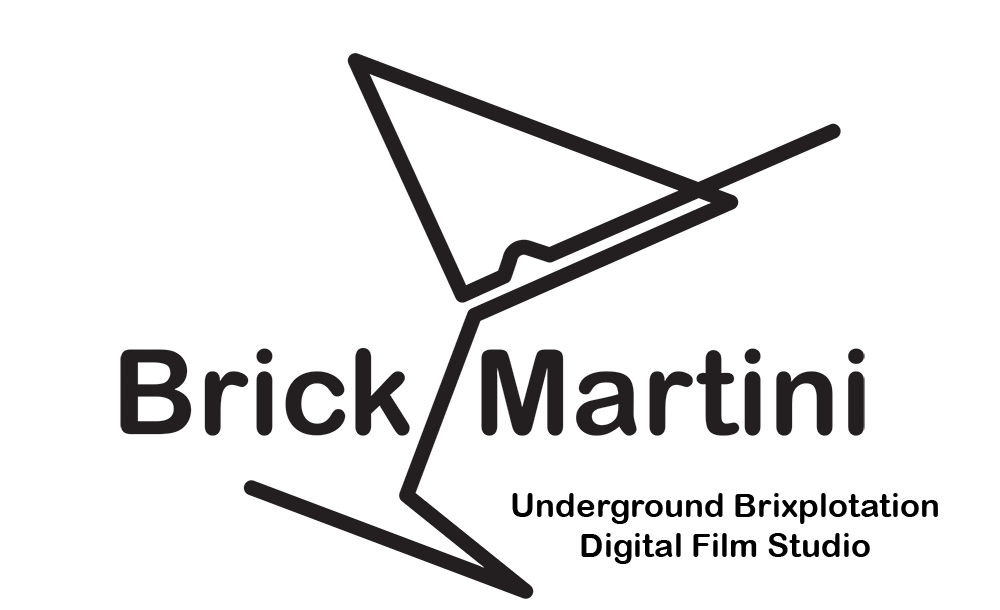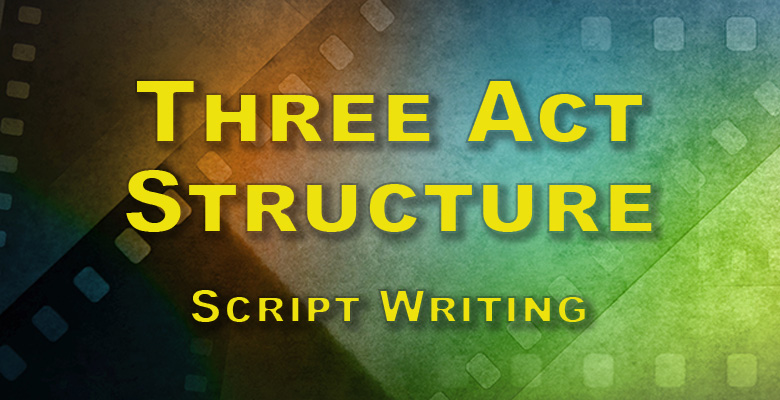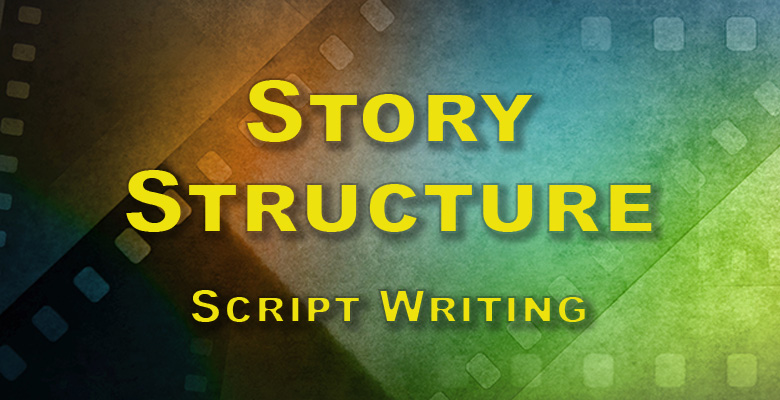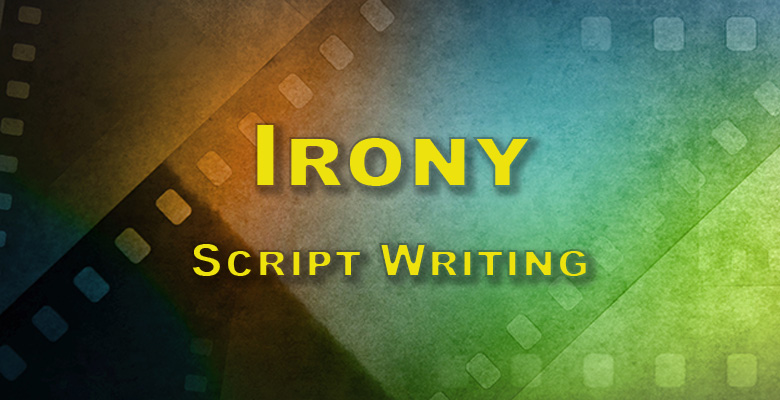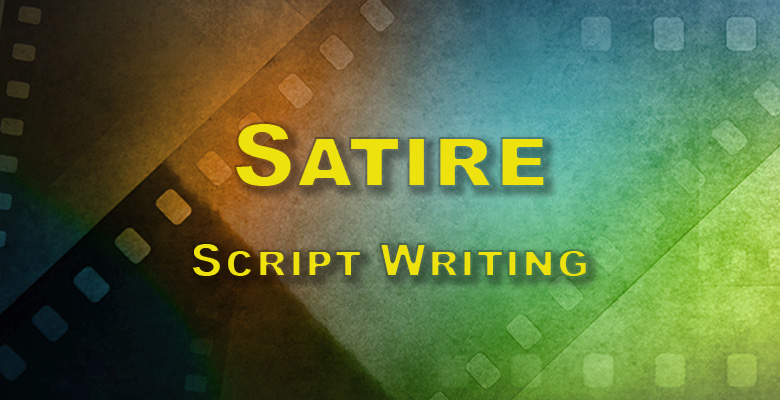The Three-Act Structure is a classic model for storytelling, especially prevalent in screenwriting for films and television, but also found in novels, plays, and other narrative forms. It provides a framework that divides a story into three distinct sections or “acts,” each serving a specific purpose in the narrative.
Overview of the Three-Act Structure:
- Act 1 – Setup:
- Introduction: This is where the main characters, setting, tone, and initial circumstances are established. The audience gets a sense of the “ordinary world” of the protagonist.
- Inciting Incident: A pivotal event occurs that disrupts the protagonist’s status quo, setting the story in motion. It’s the catalyst that propels the character into the central conflict or adventure.
- Plot Point One (or the “First Turning Point”): This is a significant event or decision that concludes Act 1 and sets the direction for Act 2. It fully commits the protagonist to the journey.
- Act 2 – Confrontation:
- Rising Action: This section typically makes up the bulk of the story. The protagonist faces a series of obstacles or challenges in pursuit of their goal. These events build tension and complicate the narrative.
- Midpoint: Around the middle of Act 2, a significant event or revelation occurs that changes the protagonist’s understanding or raises the stakes. It can be a moment of triumph or disaster.
- Plot Point Two (or the “Second Turning Point”): This event pushes the story toward its climax. The protagonist might suffer a major setback, discover a crucial piece of information, or make a vital decision.
- Act 3 – Resolution:
- Climax: This is the peak of the story’s tension. The protagonist confronts the main conflict directly, and the primary dramatic question (Will the protagonist achieve their goal?) is answered.
- Falling Action: After the climax, any remaining threads are tied up, and secondary conflicts are resolved.
- Denouement: This is the final resolution or outcome of the narrative. The characters’ situations are clarified, and the story concludes, usually offering some sense of closure.
Importance and Benefits:
- Pacing: The three-act structure helps in pacing the narrative, ensuring a balance between setup, confrontation, and resolution.
- Familiarity: Audiences are often subconsciously familiar with this structure, even if they can’t articulate it. It meets a set of narrative expectations.
- Cohesion: By adhering to this structure, writers can ensure a cohesive and well-organized plot.
Variations and Flexibility:
While the Three-Act Structure provides a solid framework, it’s also flexible. Some writers add subplots, introduce more plot points, or play with the timing of certain events to suit the needs of their specific story. The key is understanding the structure well enough to know when and how to deviate effectively.
In essence, the Three-Act Structure is a tool to help writers shape their narratives, ensuring that stories have a clear beginning, middle, and end, and that they resonate with audiences.

